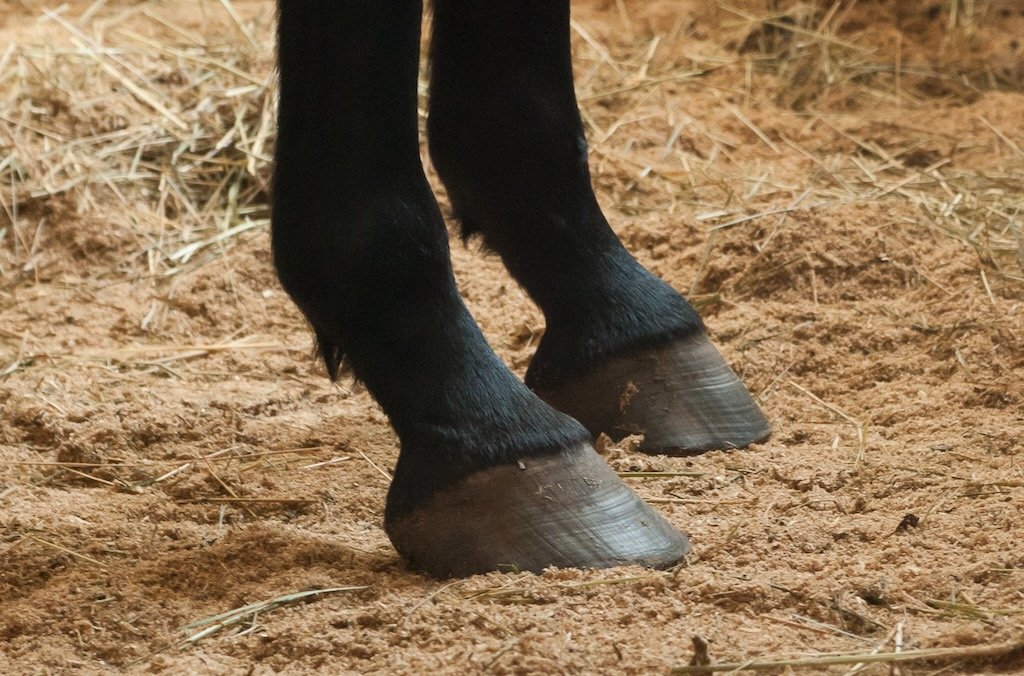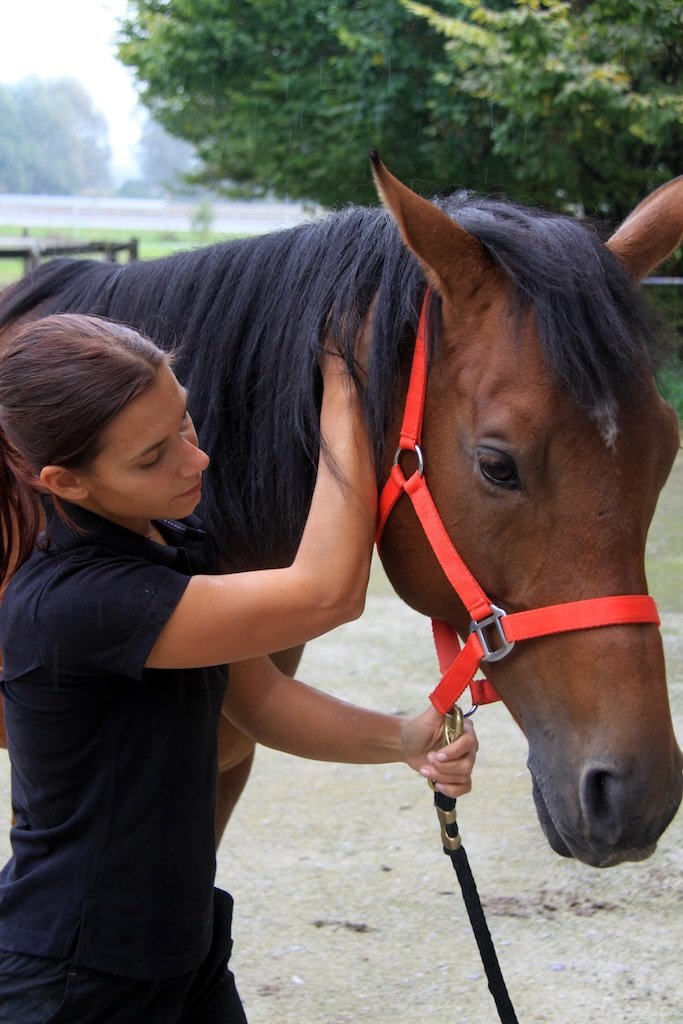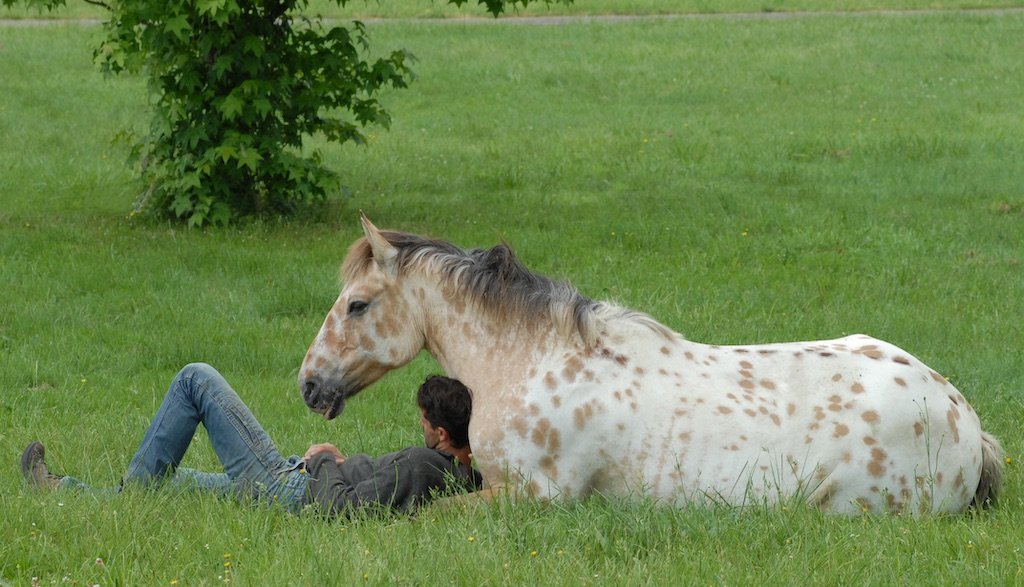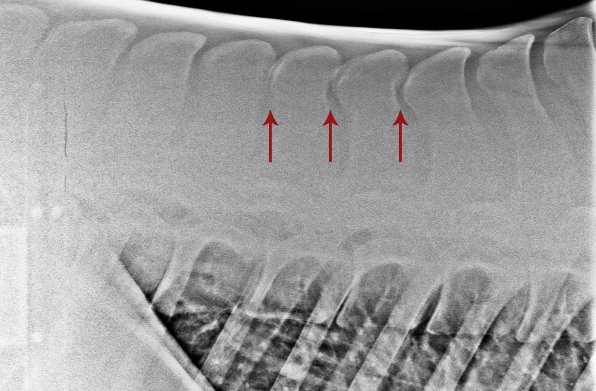The poll, TMJ and teeth triangle
The poll, the TMJ and the teeth influence each other in a big way, so it's important to always address all three when addresing one of them.
Outdoor living in winter
Horses are perfectly capable of living outdoors in the winter months, as long as some basic conditions are met.
Five signs of hind end dysfunction
Problems in the hind end often go unnoticed, until we end up with an injury or a sore back. Here are some red flags to look out for.
The five rules of lunging horses
Lunging the horse is a great way to keep them balanced and fit, but we need to follow certain guidelines if we want to make sure we are not harming them in the process.
Can winter rugs cause tension?
Proper rug fit is very important as an ill-fitting rug can cause a lot of tension in the front end. In the long run, this can negatively impact your horse's performance and wellbeing.
Where do tendon injuries come from – Part Two
In the second part of the tendon injuries blog, we explore the role the hooves play on the health of the tendons.
Where do tendon injuries come from?
While tendon injuries often seem to come out of the blue, this is actually rarely the case. Most often, tendons get injured as a result of micro trauma accumulated over time.
Active retirement
Horses that can’t do their job anymore will still benefit from exercise. Instead of letting their muscles go to waste, it is important to keep them active.
4 things you need to know about the iliopsoas muscles
The iliopsoas is a group of three muscles that acts as a hip flexor and can often be a source of dysfunction for the horse. Here are some things to keep in mind about this area.
Passive physiotherapy – variable feeding positions
Implementing variable feeding positions to your horse’s environment can have a great effect on their musculo-skeletal system, especially the neck region. Here are some things to keep in mind when setting it up.
What is passive physiotherapy?
Posture is not only the result of training, but how the horse spends his free time too. By manipulating his living environment, we can facilitate good posture even when we are not working with the horse.
Taking care of the poll
Prevention is better than cure. Implementing strategies to prevent poll issues from occurring is much easier than dealing with dysfunction after it occurs.
The poll – what can go wrong?
The poll has a huge impact on the entire body, which is why issues in this area can cause dental imbalances, problems down the neck and even all the way down to the feet.
The poll – form and function
The poll is an incredibly important area. To really understand it, we have to understand the function of two important joints – the atlanto-occipital and atlanto-axial joint.
The benefits of resting postures
A lot of horses have a hard time relaxing and finding comfort in their own bodies. By inviting them into a resting posture, we can teach them that it is ok to relax and let go of the tension in their bodies.
Horses in pain: recognising red flags
Horses are really good at hiding pain, so we need to be able to hear the slightest hints of discomfort. Here are some common red flags to look out for.
Relaxation is just as important as training
Many horses are constantly in an alert state and have trouble relaxing. Taking the time to relax and do nothing can be very beneficial.
It's never just tight hamstrings
Tight hamstrings is a very common issue in horses, but simply treating the tightness might do more harm than good.
My horse has kissing spines. Now what?
Kissing spines as a diagnosis has become quite popular in the past decade. Much like arthritis or navicular syndrome, it's a horse owner's nightmare. Some research suggests that a third of riding horses have some level of kissing spines, which is an astonishing number.
Track systems on a small area
With a little effort, small properties can be turned into great track systems. Here are some things to keep in mind.



















